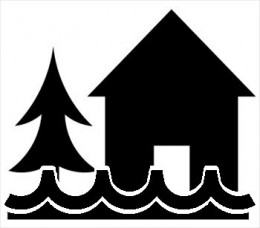1. What cost will I have to pay for your services?
One Insurance
Its important ,to know what you ,are going to have ,to pay. ,While most, lawyers have ,a contingency ,fee, it is a good idea ,to know exactly, what it is if they do,. A contingency fee agreement states that there will be no legal fees if a case is lost. If you win the lawyer will get around 30% which will vary depending on the case.
2. Will I have to pay anything if we lose?
This should be explained to you when you ask about the cost for services, but if its not be sure to bring it up during the initial meeting with the lawyer. While contingency fee agreements are mostly done, it is not a good idea to just assume that it will be. So find out ahead of time, and save yourself a headache.
3. Have you handled a case like this? (If yes, what was the outcome?)
You should take time to find someone who has already handled a case like yours. It is important to make sure they have a full understanding of what is going to be put into your case. If they have dealt with a case like this, it is a good idea to see how they did. You want to make sure you do not use someone who constantly loses cases like this.
4. How often will we be in contact during this case?
Finding out how long your lawyer will be spending dealing with your case is a good thing to know. You should get a lawyer that doesn't have a lot of cases, that way you can get the directed attention your case needs.
5. How long will this process take?
Finding out a time frame can let you know how quickly the case could be handled. It will also let you know how long it will take you to be able to get compensated for your injuries.
6. Do cases like this ever go to trial?
It is also important to see how often cases like yours go to trial. If you don't have to go to trial, and you can settle outside of court, it is a easier process. So knowing this fact can tell you if you are most likely going to wind up in a court room.
7. Can I get references from past clients?
Getting references for anything helps make decisions much easier. Dealing with issues like this can make all the difference. Hearing from people who have already used this lawyer, should help you understand how they work, and if its in your best interest to use them.
8. Do you have specific areas of law you deal with?
Finding out what a lawyers specific areas of law are, will help you eliminate lawyers who don't deal with your situation. There is a lot of competition out there to get clients, some lawyers will try to pressure you into going with them. Be sure you know what you are going to be getting from them, and that you are hiring them to work for you. You are the boss.
9. How much can I get from this case?
You should find out if it will be worth it to pursue compensation for your injuries or not. If your lawyers believe that the case isn't even worth fighting, then maybe you should consider whether this is the option you want to go with.
10. What will I have to do in the case?
Find out what you are going to have to do to help this case along. You will need to know what records or information you will need to help your case. You will also need to know how often you should contact the lawyers, and anything else that you have to do from your side.












.jpg)




